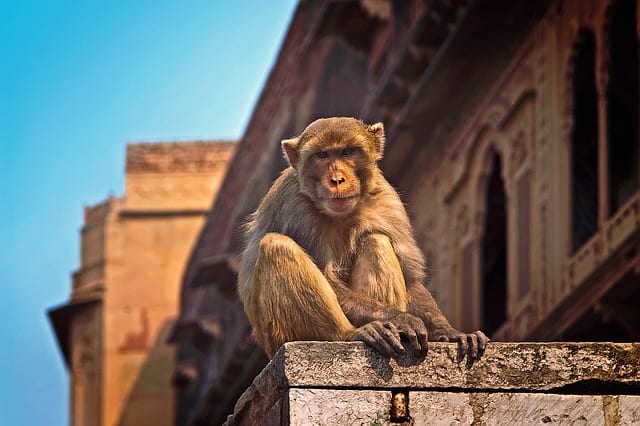
How Much Does It Cost to Live in India?
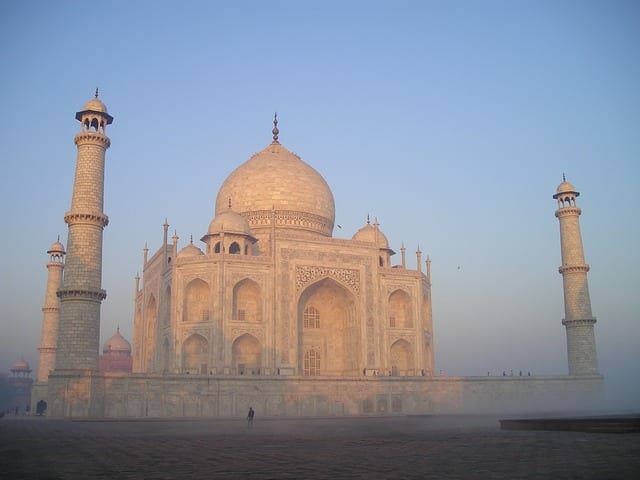 India has the second largest population in the world, home to approximately 1.25 billion people. Famed as a destination for expats who have been moved by their employer, or are searching for an alternative way of life, the number of Westerners heading to the country is steadily climbing year on year. With many Indian nationals emigrating to other countries for better educational and work opportunities, what is drawing foreigners to the country?
India has the second largest population in the world, home to approximately 1.25 billion people. Famed as a destination for expats who have been moved by their employer, or are searching for an alternative way of life, the number of Westerners heading to the country is steadily climbing year on year. With many Indian nationals emigrating to other countries for better educational and work opportunities, what is drawing foreigners to the country?
The Legatum Institute, a London-based think tank, release their global Prosperity Index annually. The survey ranks the most prosperous countries in the world. Many assume prosperity is used in reference to the financial standing of a country and, while this is included, the Legatum Institute considers more factors in its ranking.
Ranking in 104th place this year (out of 149 countries) was India. This puts India in the bottom 30%, with its ranking for governance (47th place) its only real asset. India performed poorly for safety and security (135th), natural environment (140th) and health (113th).
Many expats champion the cultural country for its great job opportunities, incredible cuisine, and friendly and helpful people. However, India also has the highest number of citizens expatriating worldwide. So, how much does it really cost to live in India?
Economy
The Global Wealth Report 2016 revealed that India is the second most unequal country in the world, with the top 1% of the population owning 60% of the total wealth of the country. The country also suffers with some of the highest poverty levels in the world, which is hard to understand when India boasts the world’s sixth-largest economy based upon GDP and third-largest by PPP.
In 2015, India clocked a growth rate of 7.6% and is classified as a newly industrialised country. This socioeconomic classification is also applied to the likes of China, Brazil, South Africa, and Turkey. Referred to as NICs, the general criteria tends to be a country with strong political leaders, strong industrial economies, free trade, rapid growth, and large national corporations operating in the country.
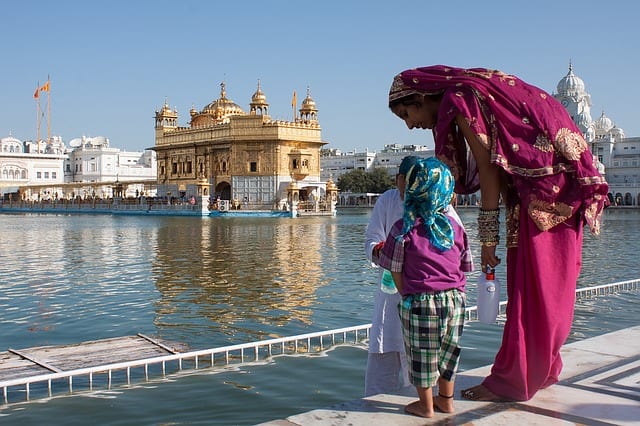 Currency
Currency
The official currency of India is the Rupee (INR or R). One rupee is equal to 100 paise, which is difficult when 25 paise and 50 paise coins are no longer legal tender. There are seven INR notes, split into denominations of 5, 10, 20, 50, 100, 500 and 1,000 INR. Coins are 1, 2, 5, and 10 INR. Expats should remember that when dealing with large numbers, the comma is placed every two digits past 100,000. Therefore, 500,000 INR would be shown as 5,00,000 INR.
Housing in India for Expats
If you’re an expat moving out to Indian on a relocation package including accommodation, thank your lucky stars. Trying to secure a rental property, particularly in Delhi, Mumbai, or Bangalore can be a challenge. The issue is that the demand for good quality and reasonably priced accommodation outweighs the supply. Furthermore, without having a grasp on Hindi, the only option is to hire the expertise of a local estate agent, most of whom speak English. It is imperative that expats explicitly tell their estate agent their budget and requirements of a property, to save time viewing unsuitable homes.
The range of properties available to expats will solely depend on their chosen location. Urbanised areas tend to have the widest range of homes, from modern apartment complexes and quaint bungalows, to large villas suitable for families. Rental prices are on the rise in India but are extremely reasonable compared to the average letting prices in Western countries.
Expat Healthcare in India
India has a universal healthcare system that is run by the various states and territories. The country’s constitution requires that each state works to provide public healthcare and improve the standard of living for the people within its borders.
The public hospitals in India often employ well-trained English-speaking doctors. Whilst the hospitals in Delhi, Mumbai, and Bangalore are satisfactory, less urban facilities suffer from lack of equipment, funding, and staff. A real downside of the public healthcare system is the constant overcrowding of all hospitals and incredibly long waits for treatments or referrals.
Expats and locals who can afford health insurance tend to seek treatment at private hospitals. These facilities have standards which are more in line with Western standards. Private hospitals in the cities can also be used for non-emergencies and general medical needs, from doctors’ appointments to consultations.
In either case, international health insurance is a must for expatriates in India. This will help ensure you get the care you need, without having to worry about the financial implications.
Expat Education in India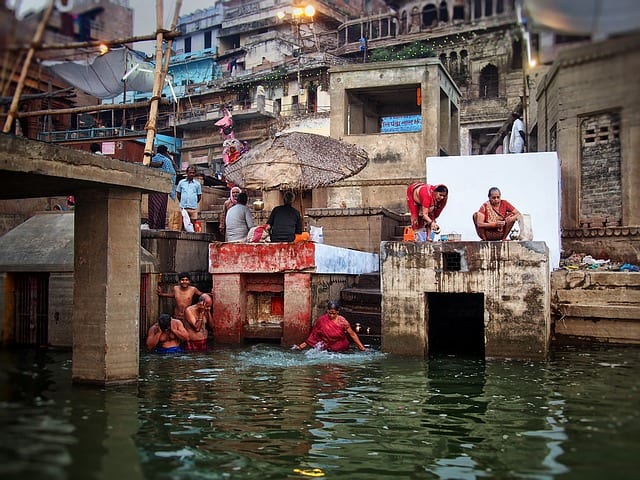
Both private and public education systems are in operation throughout India and funding for these institutions may come from the central, state and local governments.
India’s literacy rate has increased in recent years due to the country’s primary education system focusing on the reading and writing of children. However, there are still major issues for concern in the public sector, as 25% of the population is still illiterate (around 313 million) and only 7% of children finish high school.
Attending a public Indian school is completely free. However, most schools teach solely in Hindi, which can create a difficult language barrier for foreign children. Furthermore, facilities are often sub-standard due to lack of budget and class sizes well over 35 pupils.
A great alternative is for expat children to attend a private Indian school. They have fantastic reputations and the fees are substantially less than those of independent schools. Many children, particularly those in primary years or who plan on staying in India for a long time, benefit from attending private school. Here they pick up Hindi quickly and enjoy being part of a multicultural environment. However, the Indian curriculum is vastly different to that of Western countries and many children can find this hard to deal with.
Most expat parents living in India will choose to send their child to one of the many international schools dotted around the cities. Fees at these schools are very high, but it does mean that children can achieve an International Baccalaureate or study the curriculum of their home country. American and British international schools are the most popular in India and most are located in Delhi, Mumbai, or Bangalore.
 Cost of Transportation
Cost of Transportation
Particularly in India’s cities, transport can be chaotic. At first, getting around can be a daunting prospect. But, due to the sheer multitude of public transport on offer, expats soon get into the swing of things and find out what works best for their lifestyle and budget.
Overcrowded buses and trains are the norm in Indian, but they are a great way to experience the everyday culture of the country. Furthermore, prices start around as little as 18 INR (21p). Overall, buses are the cheapest option, as train fares do escalate depending on the length of the journey and the class travelled in. Expats should remember to only travel on buses run by the state. Train tickets should be purchased well ahead of schedule.
Delhi and Kolkata also have an underground train network called the metro. Like the underground in London and subway in New York, it is a great option for city travel and traffic-free. Fares are split into time brackets. Travel up to 65 minutes will cost 18 INR (21p) or less. Travel up to 100 minutes will cost between 18 INR and 27 INR (32p). Journeys of over 100 minutes will be upwards of 28 INR (33p).
Foreigners that have an international driving license can hit the roads in India, but it is best to avoid if possible. Although cars and petrol are cheaper than in the West, Indian drivers tend to be erratic and often dangerous. Even expats who aren’t behind the wheel find India’s roads uncomfortable and aside from the national highways, roads have potholes like craters and little in the way of street lighting.
India is probably most famous for its rickshaws. These are three-wheeled bicycles that are either motorised or pedal-powered. If you aren’t Indian, rickshaw drivers will try and charge an increased fare. However, the general rule of thumb is that you should pay 15 INR per 10 minutes walking time. So, if a journey on foot would take you 30 minutes, you would pay 45 INR (53p) for the rickshaw journey.
The taxis in Indian are either Hindustam Ambassador or Premier Padmini cars. These can be booked in advance, found at taxi ranks, or hailed on the side of the road. Indian taxis are required by law to have meters. Foreigners should always check that the meter is functioning at the start of their journey. Fares will be different based on number of passengers, luggage, travelling at night, and distance.
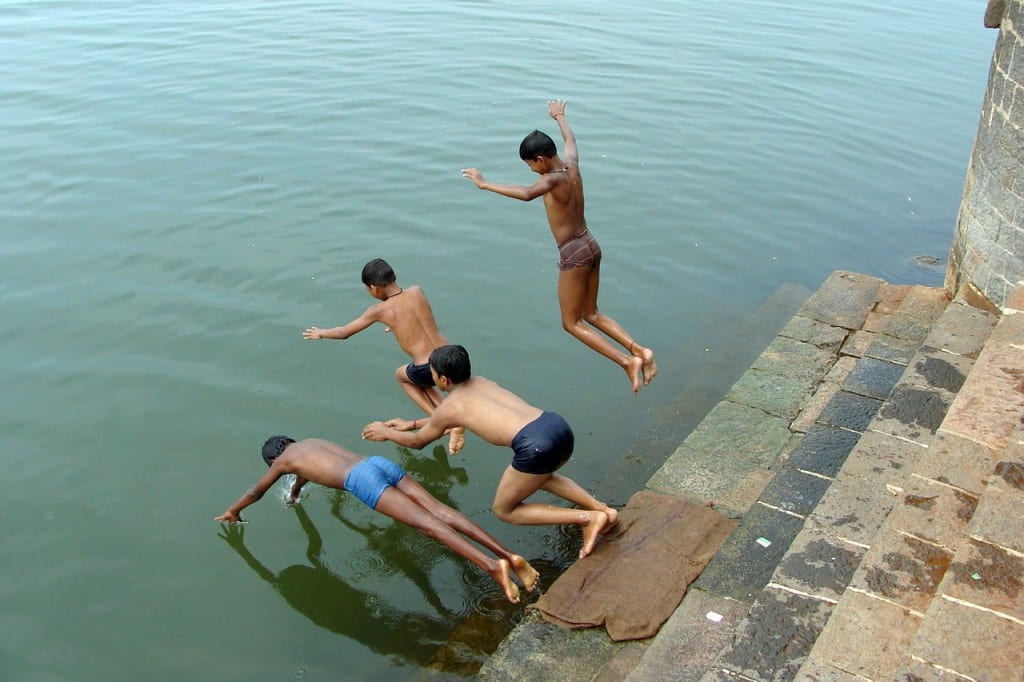 Jobs in India for Expats
Jobs in India for Expats
As India’s economy has grown, more and more expats have been moving there (some on relocation packages) to fill roles throughout a variety of industries. Despite India’s university producing incredible graduates annually, there aren’t enough to keep certain sectors rich with talent. Due to a lack of experienced locals, the senior staff of many companies are made up predominantly of foreigners.
Many expats working in India feel welcomed by colleagues but the way of business is very different in India and can come as a shock. Some companies send their new staff on cross-cultural training to better understand Indian protocol.
Expats in India will work the usual Monday to Friday but should expect to work around 48 hours as the norm. The average week for most is around 40 hours in the UK so working in India would essentially add an entire extra days’ worth of work. Furthermore, it is common place to work overtime as it earns respect.
The most common sectors drawing foreign workers include IT and engineering (which are expanding rapidly). Other major employers for expats moving to India are the aeronautics, manufacturing, pharmaceuticals, biotechnology, and consumer electronics industries. Expats with experience in sales and marketing are also becoming sought after as companies look to tap into the Indian market.
Comparison to UK
The world’s largest database, Numbeo, has a vast selection of user contributed data in regards to India. Compared to the UK, the cost of living is significantly less in India.
The tables below provide an over view of the differences in costs between India and the UK. Please note that all Indian prices have been converted into British pounds.
| Groceries | UK Price (£) | Indian Price (in £) | Cheaper Country? |
| Milk (1l) | £0.91 | £0.51 | India |
| White bread (500g) | £0.95 | £0.36 | India |
| Eggs (12) | £2.19 | £0.70 | India |
| Local Cheese (1kg) | £6.04 | £3.74 | India |
| Banana (1kg) | £1.01 | £0.41 | India |
| Water (1.5l) | £0.92 | £0.15 | India |
| Transport | UK Price (£) | Indian Price (in £) | Cheaper Country? |
| Petrol (1l) | £1.13 | £0.78 | India |
| One-way ticket | £2.50 | £0.59 | India |
| Monthly pass | £130 | £5.93 | India |
| Taxi (1km) | £3.11 | £0.13 | India |
| Utilities (Monthly) | UK Price (£) | Indian Price (in £) | Cheaper Country? |
| Electricity/Heating/Water for 85m2 apartment | £150.49 | £28.03 | India |
| 1 minute of PAYG talk time | £0.16 | £0.01 | India |
| Internet (10 Mbps, unlimited data, cable/ADSL) | £24.39 | £12.31 | India |
| Clothing | UK Price (£) | Indian Price (in £) | Cheaper Country? |
| Jeans (Levi or similar) | £63.47 | £25.68 | India |
| Dress (chain store) | £31.65 | £20.55 | India |
| Nike running shoe | £64.20 | £30.13 | India |
| Leather business shoes | £76.64 | £27.66 | India |
| Eating Out | UK Price (£) | Indian Price (in £) | Cheaper Country? |
| Fast food meal | £5.00 | £2.16 | India |
| Inexpensive restaurant | £12.00 | £1.60 | India |
| 3 course, mid-range | £50.00 | £5.33 | India |
| Cappuccino | £2.53 | £0.99 | India |
| Coke/Pepsi | £1.14 | £0.24 | India |
| Imported beer | £3.50 | £1.93 | India |
